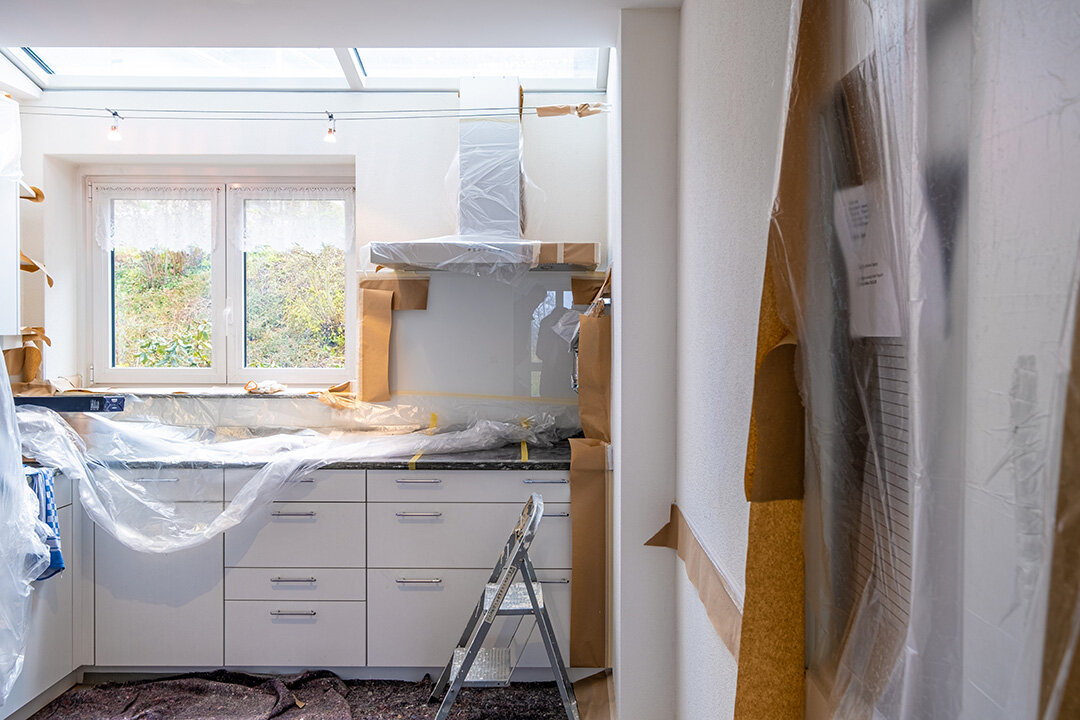You’re absolutely ecstatic and excited to get your home renovation going. You have a budget in mind, and maybe even provided some buffer. Unfortunately, the reality is that even the most meticulous of planners can get set back by unexpected remodeling expenses. Even with a contingency fund, it may not be enough if the added costs are more than we initially thought. Additionally, not all expenses are directly related to the actual construction process!
The good news is that you can preempt these extra expenses and prepare for them. Here are some hidden home renovation costs that you need to watch out for.
Changing Your Plans
Since this is your project, it shouldn’t be a surprise that one of the biggest factors that can affect it is you. As we see how things progress during construction, or after spotting that beautiful interior on a magazine, we may want to make changes or additions. This, of course, comes at a cost. Your contractor may have to reverse, scrap, or totally redo some of the work already done.
We know that we humans aren’t the most decisive species. As much as possible, try to be thorough when you’re still in the planning stages. Carefully pick out materials, colors, finishes. Take measurements if you have to, and work closely with your contractor. It might sound like a lot of work, but it’s easiest to make changes when it’s still all on paper. It also costs less.
Bringing Your Home Up to Code
Building codes exist to ensure you and your neighbors’ health and safety. Over the years, these codes have been revised and updated as society’s needs changes. This means that your old traditional home may not be up to snuff when checked against the latest regulations. These can include a variety of additional items on your budget such as, electrical rewiring, swapping to more efficient bathroom fixtures, changing the glass on your windows, and adding insulation. If your home was built a couple of decades ago, you definitely want to allot a portion of your budget for this.
Unforeseen Structural Changes
When thinking of ideas for our beautiful home remodel, there’s a tendency to focus on the looks and aesthetics. You might not realize that the wall you want to tear down is actually carrying the weight of the upper floors. This can take some homeowners by surprise, especially those looking to transform their home to a more open-plan living space. To avoid this, make sure you identify where all the structural walls and columns of your house are. Determine which walls are carrying the existing electrical wiring and plumbing. For good measure, also check on the beams. Especially in older homes, they might need some reinforcement to support your remodeling plans.
Pest Control and Water Damage
There’s a lot that can go on within your walls. On top of structural issues brought about by your home’s age and open-plan vision, you also have to contend with pests and rotting. You’ll have to pay extra for professional fumigation services to get rid of termites and any other pests. Wood-eating bugs might have weakened your home’s foundation, bringing up the cost even more.
Water can wreak similar havoc on your foundations, plus it can promote the growth of mold and mildew. Again, it will cost you additional to get those in order. You’ll also have to get to the source of the water damage in the first place. It might be coming from a hole in your roof or a leak in the plumbing pipes.
Increased Monthly Bills
Depending on how much work is done on-site and how extensive your home renovation is going to be, you should be prepared to see an increase on your monthly electric bill. Contractors need to charge batteries and have power tools running. Doors will stay open a lot more during construction, which puts a strain on heating and cooling systems. The added cost will be negligible for short projects. However, if your renovation is going to last about 6 months or more, then you should add a buffer to your budget.
Disposing of Trash and Debris
Construction projects produce trash –and lots of it. When we’re focused on how much it costs to build a new kitchen, there’s a tendency to forget about the junk produced. Once you start demolishing old walls, cabinets, and countertops, you’ll end up with a lot of debris. During the construction process itself, you’ll again generate a lot of debris. You need to factor in the cost of labor, dumpster truck rentals, and the like. Double check with your contractor if this is included in their quote or not. If you’re going to DIY your remodeling project, then make sure you have an item for this on your budget!
Pet Daycare
If you have a furry companion or two, then you’ll need to consider how the construction project will affect them. Your cats or dogs might not be comfortable around strangers. All the noise will likely be unbearable for your dear four-legged friend. Home remodels are also dangerous for your pets as there are plenty of electrical wires, loose sharp items, and unstable surfaces that can cause them harm. For your pets’ safety and health, consider leaving them with a pet sitter or put them with a daycare during construction hours. It’ll add to your overall budget, but you’ll rest easy knowing your pets are safe and well cared for.
Temporary Accommodations
Of course, it’s not just your pets that are affected by your home remodel. All the construction at your house is going to greatly impact you too. If majority of your home is being renovated, you’ll need to look into temporary accommodations. This can mean a few weeks at a hotel or a short-term rental. Depending on the scope of the project, your stuff could also need temporary accommodations. If there isn’t anywhere in the house where you can keep your belongings secure, you need to consider renting an on-site container or paying for storage facilities.
Even if you’re just renovating a small portion of your house, you may not be totally off the hook. For those that telecommute, the construction noise can make it near impossible to work in peace. You can get a desk or room at a co-working space, costing you more money. If you’re renovating your kitchen, then you’ll likely have more dinners out or order take-out.
Post-Construction Work
Just when you think it’s all well and done, there’s more costs to consider after the construction’s finished. A lot of dust gets everywhere around the house during heavy renovation work. Even if you’ve made sure to clean up every day, you might need to add a line on your budget for deep cleaning to make sure everything is spotless when you move back in.
Construction work also impacts your garden or yard. Paths and patios will have a lot of extra footfall, and materials and machinery have to go somewhere. Once all the work in the house is done, you might need to fix some fencing, replant some areas, or replace turf.
A remodel of any scope will cost you a significant sum of money. Make sure you plan carefully to avoid being blindsided by any hidden home renovation costs that can come up!
Thank you for visiting Wood and Co.













